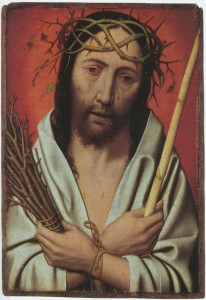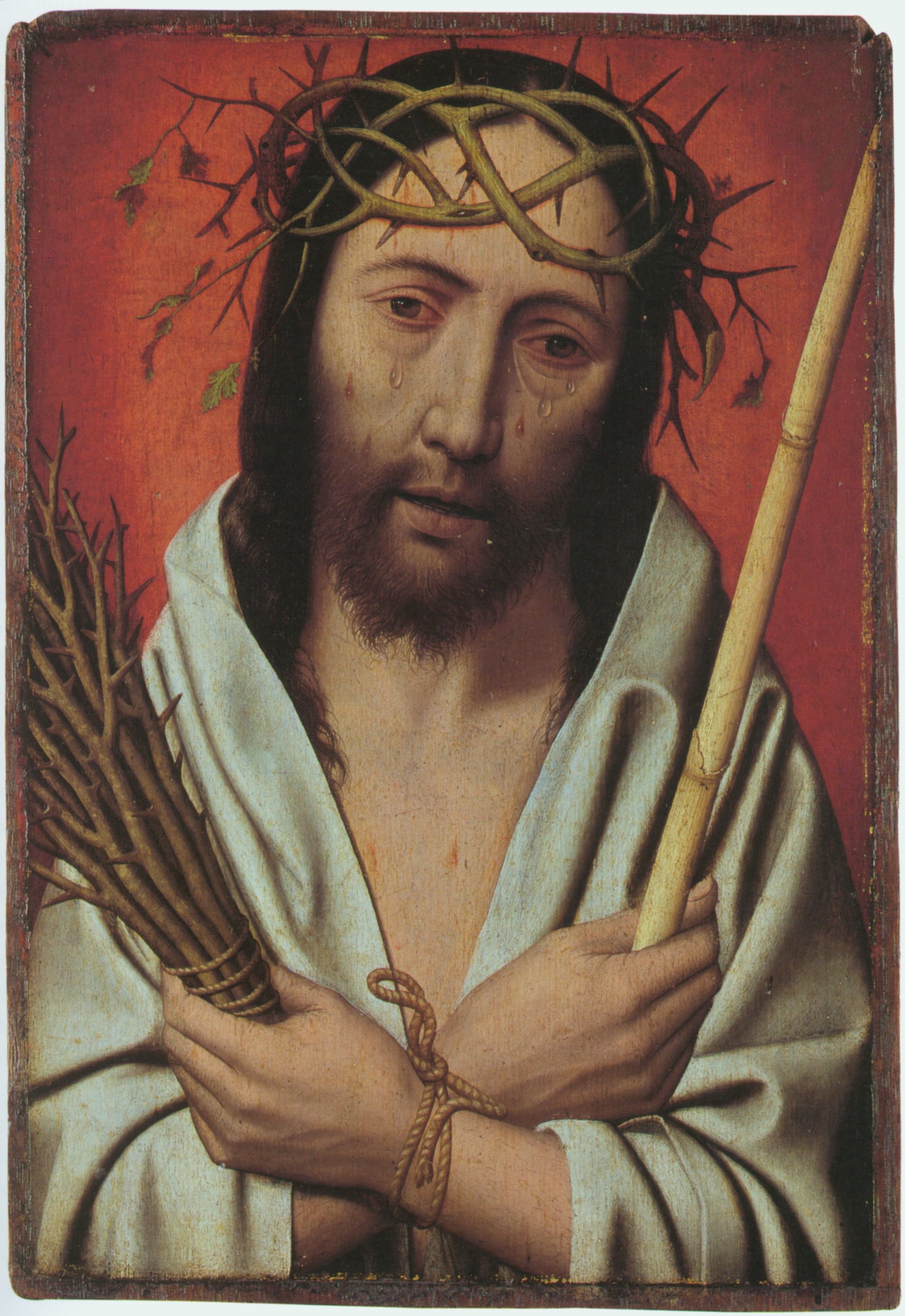
Note to homilists:
- The Homiletic Directory acknowledges that for Palm Sunday, “pastoral considerations suggest a rather short homily” (HD 77).
- It further suggests that the homilist can “bring together the many theological and emotional elements of this day” by focusing on “the second reading, the beautiful hymn from St. Paul’s Letter to the Philippians, which admirably summarizes the whole Paschal Mystery” (HD 77).
- That is what this doctrinal homily outline will do, along with a few practical applications in light of “the great desire of the Church for this week” not only “to touch our emotions, but to deepen our faith” and to be “plunged into the Paschal Mystery itself, dying and rising with Christ” (HD 77).
To view Lectionary 37 and 38, click here.
Reading 2 Phil 2:6-11
Christ Jesus, though he was in the form of God,
did not regard equality with God
something to be grasped.Rather, he emptied himself,
taking the form of a slave,
coming in human likeness;and found human in appearance,
he humbled himself,
becoming obedient to the point of death, even death on a cross.Because of this, God greatly exalted him
and bestowed on him the name
which is above every name,that at the name of Jesus
every knee should bend,
of those in heaven and on earth and under the earth,and every tongue confess that
Jesus Christ is Lord,
to the glory of God the Father.
- Paul says that Our Lord “was in the form of God.” We tend to think of form as outward appearance, for example the way plastic can be formed into a mask. However, form means “the essential nature of a thing, that which specifies it to be this rather than that” (Kreeft, A Summa of the Summa, 26). So, when St. Paul writes that Christ Jesus “was in the form of God,” he is saying that Jesus is God.
- In fact, due to the Incarnation, Christ Jesus possesses two forms: divine nature and human nature. He is true God and true man, “consubstantial with the Father,” as we say in the Creed.
- The Second Person of the Blessed Trinity “lowered himself” in taking on a human nature, since God is infinitely higher than we are.
- In addition, and unlike Adam, he “did not regard equality with God something to be grasped.” The first man wanted to be like God apart from God (Gen 3). (See note 2:6)
- But Christ further lowered himself in not being a man who ruled but a man who served, even down to suffering a most cruel death to redeem us.
- And so, “God greatly exalted him.” He is now the universal Lord of heaven and earth. He is our savior.
- He is also literally our salvation; that is, he is that person in whom true happiness consists.
- This week our focus is on the passion-part of Christ’s humbling of himself out of obedience to the Father. “[H]he humbled himself, becoming obedient to the point of death, even death on a cross.”
- The Church’s desire for us is that “plunged into the Paschal Mystery itself, dying and rising with Christ” we may feel as much as possible empathy with Christ in order to “deepen our faith” (HD 77).
- Feelings help us tremendously. However, we are not saved by feelings but by faith, that is, our assent to what God reveals.
- This faith includes living accordingly: Not just calling out calling out “Lord, Lord,” but doing the will of the heavenly Father (Mt 7:21).
Practical application: Live Holy Week
- Christ Jesus has redeemed us by his obedience to the Father and we can enter into the Passion of Christ most effectively through obedience to the Church.
- All the Church requires is a fast and abstinence on Friday and Mass on Easter. But the Church urges us to do much more.
- The first big thing we can do is to take part in the liturgical celebrations of Holy Thursday and Good Friday.
- As second big thing would be to persevere in whatever resolutions we made to practice this Lent.
- Another thing could be to add some spiritual or corporal work of mercy.
This outline is written to be in accord with the Homiletic Directory issued by the Congregation for Divine Worship and the Discipline of the Sacraments (2014). (To read an excellent summary of the Homiletic Directory, click here.)
The Homiletic Directory offers the following Catechism points and themes for Palm Sunday of the Lord’s Passion:
- CCC 557-560: Christ’s entry into Jerusalem
- CCC 602-618: the Passion of Christ
- CCC 2816: Christ’s kingship gained through his death and Resurrection
- CCC 654, 1067-1068, 1085, 1362: the Paschal Mystery and the liturgy

Leave a Reply